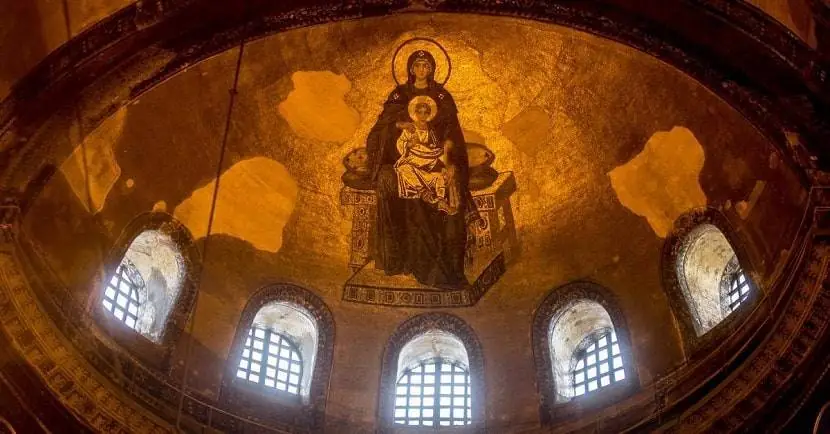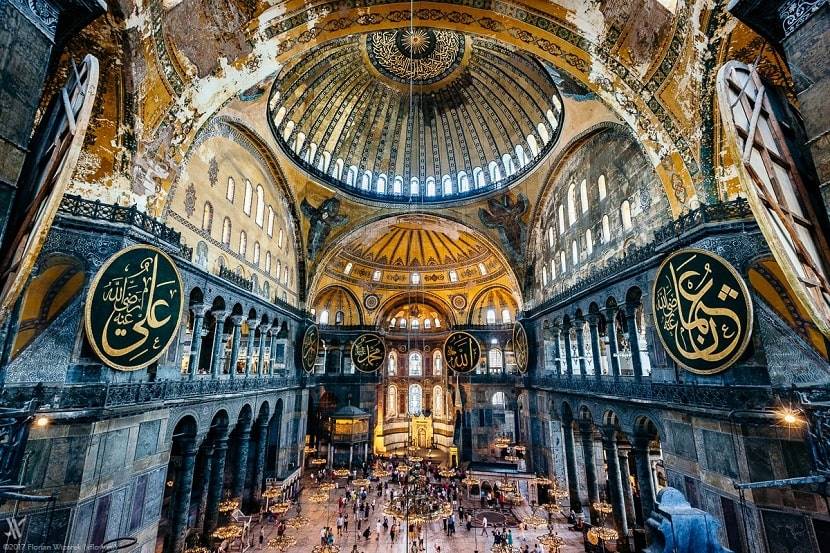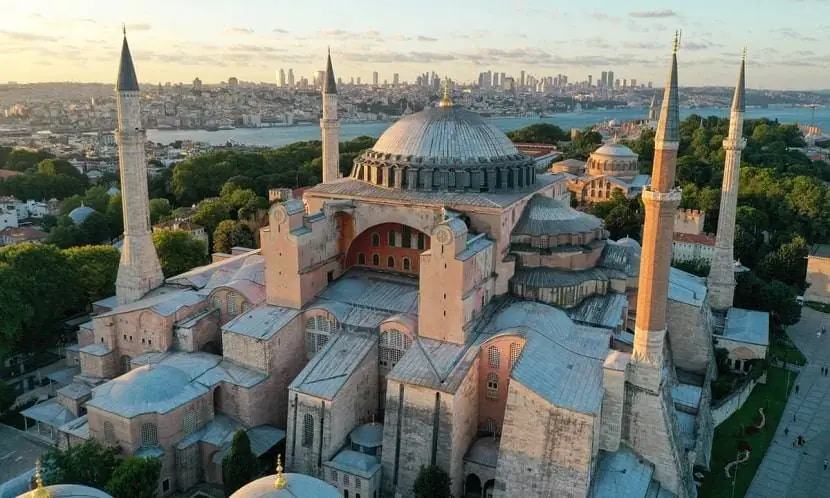Hagia Sophia stands as a testament to Istanbul’s rich history and cultural tapestry. Once a church, then a mosque, a museum, and now a mosque again, this architectural marvel boasts breathtaking grandeur. To fully appreciate its significance, planning your visit around the right time is crucial. This guide explores the factors influencing the best time to visit Hagia Sophia, offering a seasonal breakdown to help you make the most of your experience.
Overview of Hagia Sophia

Hagia Sophia’s story stretches back centuries. Originally built as a church in the 6th century, it served as a major center of Byzantine Christianity. Later, after the Ottoman conquest, it was transformed into a mosque, showcasing stunning Islamic architecture. In the 20th century, it became a museum, before reverting back to a mosque in 2019. Inside, visitors marvel at the massive dome, intricate mosaics, and awe-inspiring calligraphy.
Factors Influencing the Best Time to Visit
Several factors influence the ideal timing for your visit to Hagia Sophia. Consider the weather conditions, Istanbul’s tourist seasons, any religious observances happening during your visit, and the mosque’s opening hours, which might vary slightly depending on the season.
Seasonal Breakdown

Spring (March to May)
Spring offers mild and pleasant weather, ideal for sightseeing. The city’s gardens burst into bloom, and comfortable temperatures make exploring a joy. During this time, you might even coincide with the vibrant Istanbul Tulip Festival. While spring attracts tourists, crowds are generally manageable compared to peak season.
Summer (June to August)
Summer brings hot and dry weather to Istanbul. The extended daylight hours create a vibrant atmosphere, but the heat can make exploring less comfortable. This is the peak tourist season, so expect larger crowds. Consider visiting early mornings or weekdays to avoid the throngs. Elevate your experience of Hagia Sophia with our top-rated tour offering.
Autumn (September to November)
Autumn offers a welcome respite from the summer heat – the the best time to visit Hagia Sophia. The weather cools down, and the city transforms with beautiful fall colors. Tourist numbers dwindle during this season, making it ideal for a more serene visit. If you’re planning your trip for autumn, keep an eye out for the Istanbul Biennial, a renowned contemporary art exhibition held every other year, or the Akbank Jazz Festival.
Winter (December to February)
Winter is the least crowded season to visit Hagia Sophia. You’ll find the best off-season rates and shorter wait times. However, be prepared for colder temperatures and possible rain or even snow. While daylight hours are shorter, Istanbul transforms into a winter wonderland with festive decorations. Consider exploring nearby indoor attractions during your visit, and catch the Istanbul Film Festival, held during winter months.
Best Time for Specific Experiences
- Avoiding Crowds: Weekdays, early mornings (especially before opening hours for a glimpse before the crowds arrive), or late afternoons are generally less crowded.
- Photography: Capture stunning photos with the early morning light or the softer lighting in the late afternoon.
- Cultural and Religious Experiences: Plan your visit around significant Islamic holidays or events to witness cultural traditions firsthand. Keep in mind that the mosque might be closed to non-worshipers during prayer times.
- Guided Tours: Opt for guided tours during off-peak seasons to benefit from a more personalized experience with smaller groups.
By considering these factors and following the recommendations for each season, you can ensure a memorable and enriching visit to the awe-inspiring Hagia Sophia.


